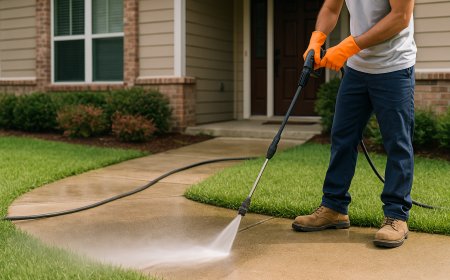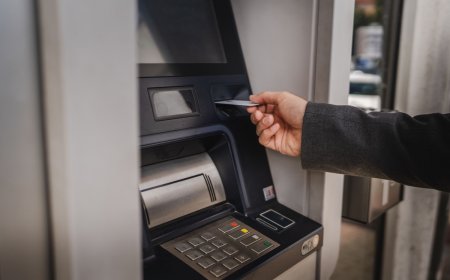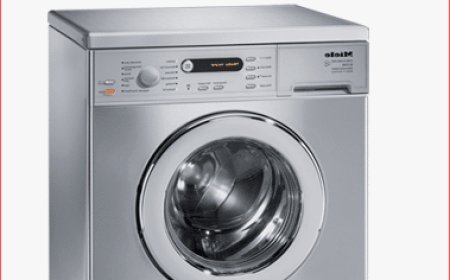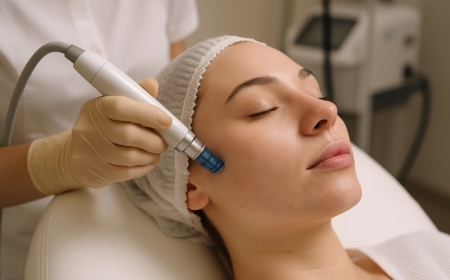Warehouse & Retail Security Cameras: What Works Best in Australia?
Discover the best security camera systems for warehouses and retail stores in Australia. Learn what features matter, how to choose the right system, and what Australian businesses need to stay protected.
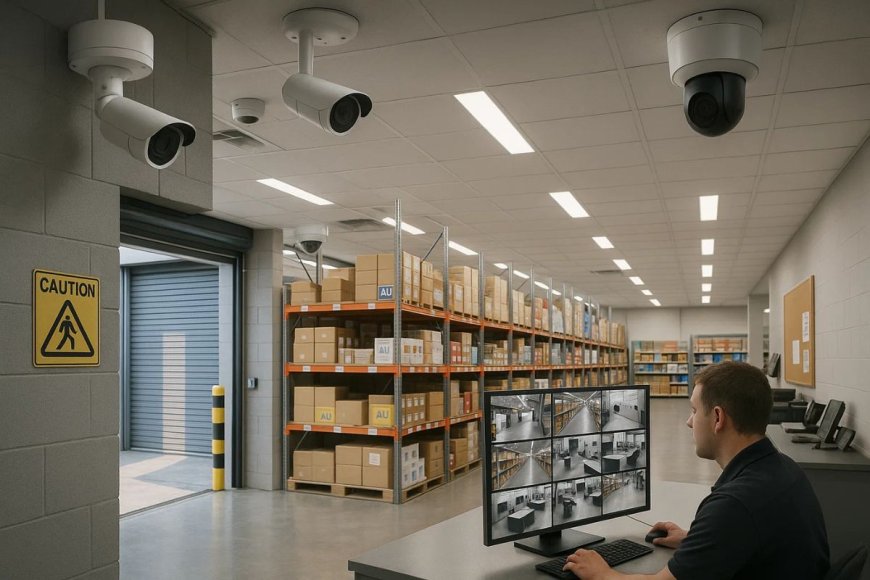
1. Introduction to Warehouse & Retail Security Needs
Security is a vital concern for businesses operating warehouses and retail stores in Australia. With theft, vandalism, and unauthorized access becoming increasingly common, choosing the right security camera system is not just a precaution—it's a necessity. A reliable surveillance solution enhances safety, boosts productivity, and helps reduce losses. This post explores what works best for different business setups and the top factors to consider when investing in commercial-grade surveillance technology.
2. Why Security Cameras Are Crucial in Retail and Warehouse Spaces
Security cameras do more than deter crime—they help monitor employee performance, manage inventory, and maintain a record of events. For retail, cameras help prevent shoplifting and customer disputes. In warehouses, they assist in tracking goods movement, ensuring compliance with safety protocols, and safeguarding against both internal and external threats. The right system can ultimately save thousands of dollars annually.
3. Key Differences Between Warehouse and Retail Surveillance
Warehouses usually require wide-area coverage, night vision, and rugged durability due to environmental factors. Retail environments need discreet, high-resolution cameras placed near entrances, point-of-sale areas, and aisles. While warehouses favor industrial features, retail stores prioritize clarity, aesthetics, and real-time monitoring.
4. High-Resolution Imaging for Clear Evidence
The ability to capture detailed footage is essential. HD or 4K resolution cameras allow clear facial recognition and license plate capture, which are crucial in identifying suspects or resolving disputes. Clarity also aids in real-time monitoring, making security interventions faster and more accurate.
5. IP Cameras: The Modern Standard
Internet Protocol (IP) cameras have revolutionized security by offering high-quality video, remote access, and intelligent features such as motion detection and alerts. They are scalable and integrate well with network-based systems, making them ideal for both small retail shops and massive warehouse facilities.
For businesses aiming to upgrade, this installation service for IP video intercoms is a recommended solution that enhances communication and monitoring simultaneously.
6. Night Vision and Low-Light Capabilities
Many thefts and incidents occur during non-operating hours. This is why night vision is critical. Look for cameras with infrared (IR) LEDs or advanced low-light sensors. Some models offer color night vision, which can further improve identification even in complete darkness.
7. Weatherproof and Vandal-Resistant Designs
Outdoor warehouse environments demand cameras that withstand harsh weather, dust, and potential vandalism. Choose cameras rated IP66 or higher for durability. Dome and bullet-style cameras are both common, but vandal-proof models with reinforced casings offer extra protection.
8. Wide-Angle and PTZ Cameras for Coverage
A few strategically placed wide-angle or pan-tilt-zoom (PTZ) cameras can cover large areas, reducing the number of devices needed. PTZ cameras are ideal for active monitoring and can zoom in to track suspicious behavior in real-time.
9. Motion Detection and Smart Alerts
Modern systems can be configured to send alerts when motion is detected in restricted areas or during specific times. This prevents information overload and ensures attention is drawn to potential incidents immediately. Integration with mobile devices makes alerts accessible even when off-site.
10. Integration With Alarm and Intercom Systems
For businesses seeking full control, integrating cameras with alarms and intercoms is an effective approach. Video intercoms allow real-time communication with staff or visitors and enhance perimeter control. Systems that support audio recording can also assist in gathering verbal evidence during conflicts.
11. Remote Access and Cloud Storage
The ability to monitor security footage remotely is crucial, especially for managers overseeing multiple locations. Cloud-based storage adds another layer of security by preventing tampering or loss due to physical damage. Mobile apps and web portals make surveillance accessible anytime, anywhere.
12. Compliance with Australian Privacy Laws
It’s important to ensure that your surveillance practices comply with the Privacy Act 1988 and other relevant Australian laws. Proper signage, limited access to recordings, and ethical use of surveillance data must be upheld. Failing to comply can result in legal penalties.
13. Choosing a Reliable Installer in Australia
Installation quality determines how effective your system will be. Professional installers evaluate site-specific needs, recommend the right equipment, and ensure seamless setup. Consider working with a reputable Australian security camera installer known for delivering custom solutions across commercial sectors.
14. Cost Considerations and ROI
While upfront investment in a robust system might seem high, the return on investment is significant. Reduced shrinkage, better loss prevention, and enhanced productivity contribute to long-term savings. Cloud subscriptions, maintenance, and scalability should also be factored into the total cost.
15. Future-Proofing Your Surveillance System
Technology is evolving rapidly. Choose a system that supports upgrades, AI analytics, and remote firmware updates. Investing in future-proof infrastructure ensures your business remains protected without constant overhauls.
FAQs
1. What type of camera is best for warehouse use?
PTZ or wide-angle IP cameras with night vision are ideal for covering large areas and monitoring high ceilings in warehouses.
2. Can I use the same system for my retail store and warehouse?
While possible, it’s better to tailor your system. Retail cameras need higher aesthetics and customer interaction features, whereas warehouses focus on range and durability.
3. Are wireless cameras good for large facilities?
Wireless cameras are convenient but may suffer signal issues in large or metal-rich environments. Wired systems are more reliable for expansive setups.
4. How long is the video footage stored?
This depends on your storage plan. Most systems offer 7 to 30 days of footage, extendable with cloud subscriptions or large-capacity NVRs.
5. Do I need a license to install security cameras in Australia?
In most states, professional installers need a license. It's always recommended to use licensed experts to ensure legal and effective installation.
6. Can security cameras record audio in retail stores?
Yes, but there are legal restrictions. You must inform customers and staff with visible notices. Secret recording without consent may breach privacy laws.














